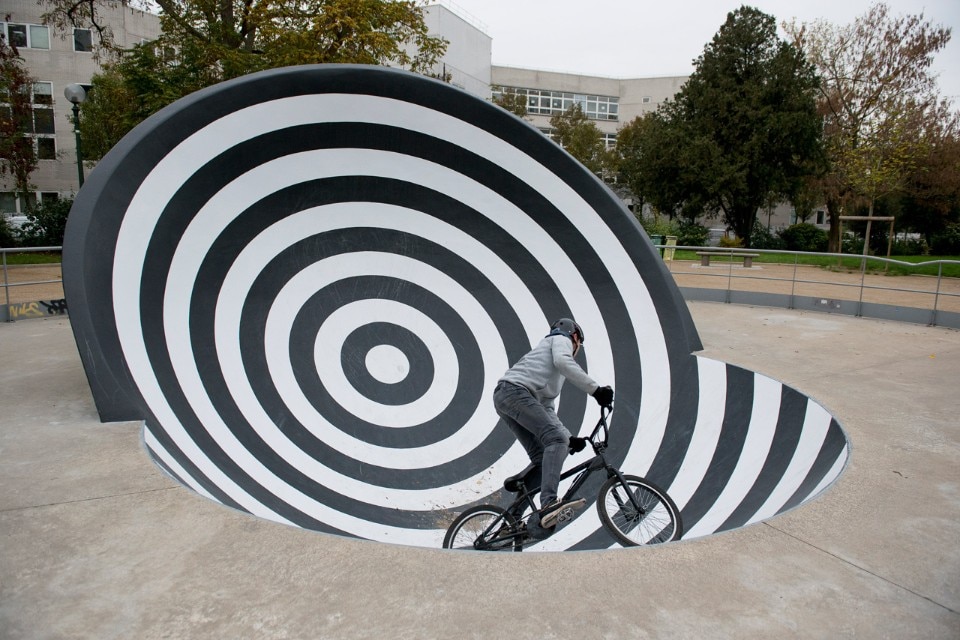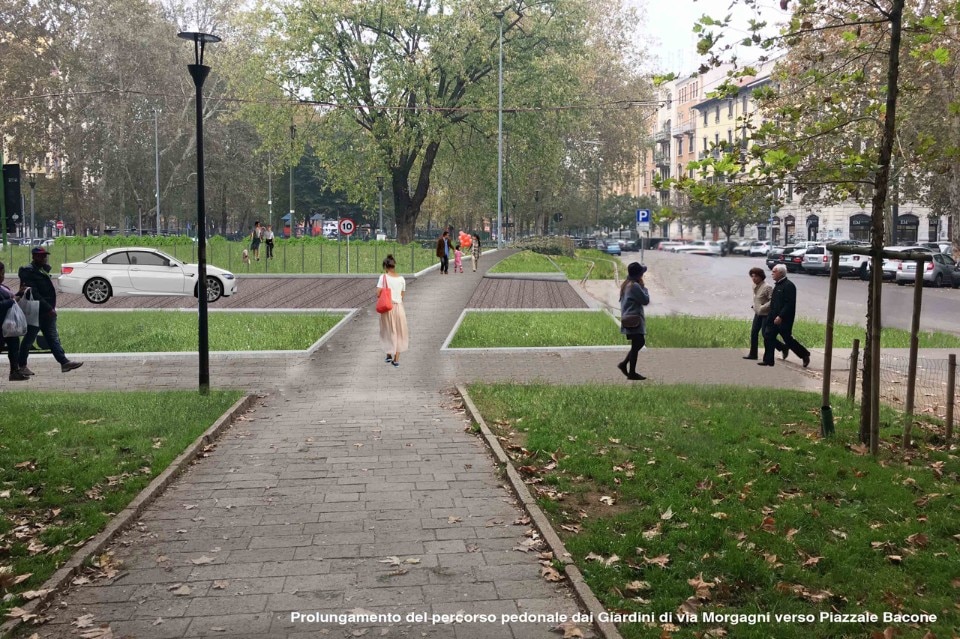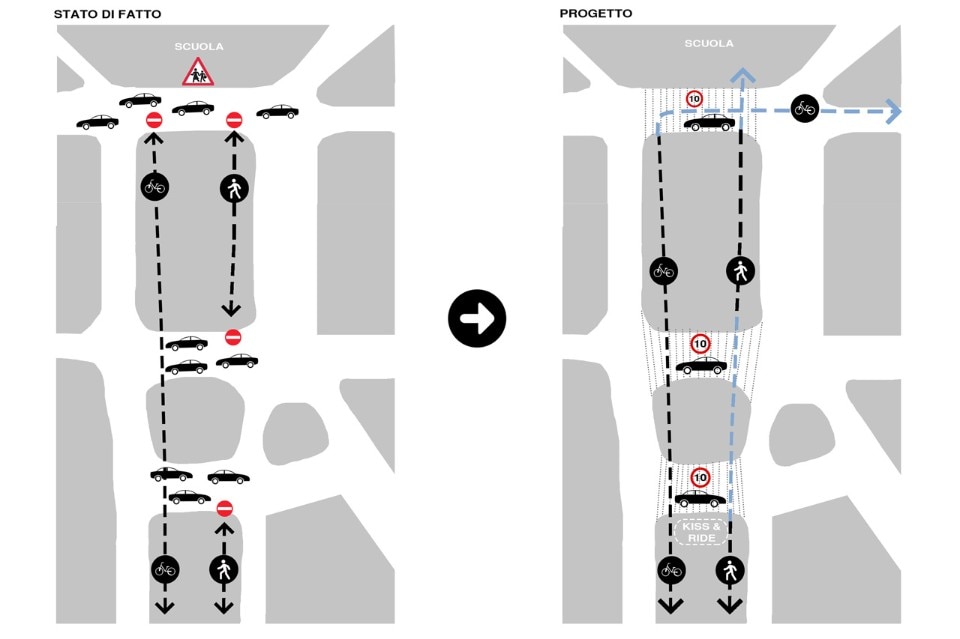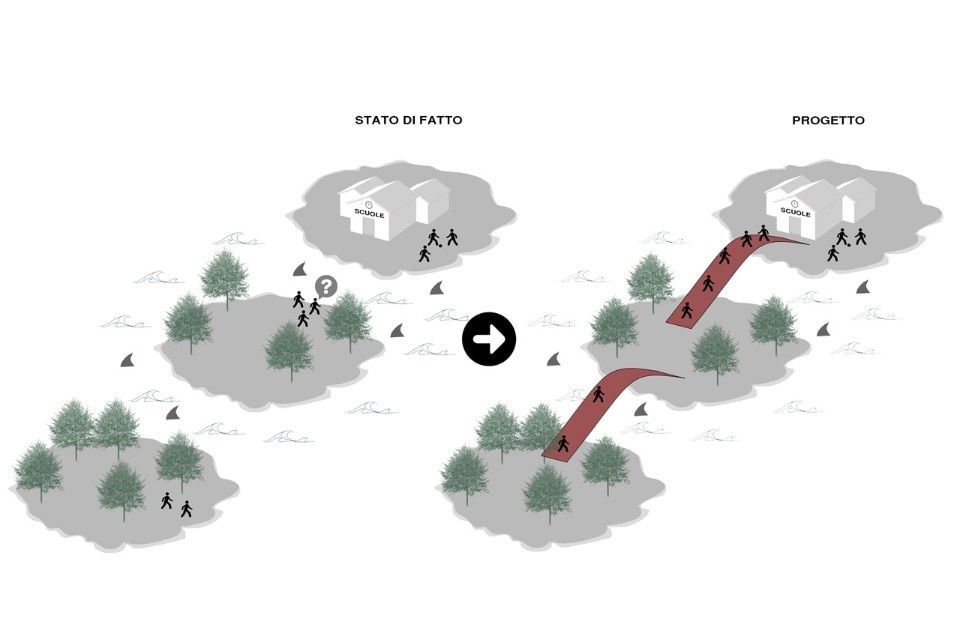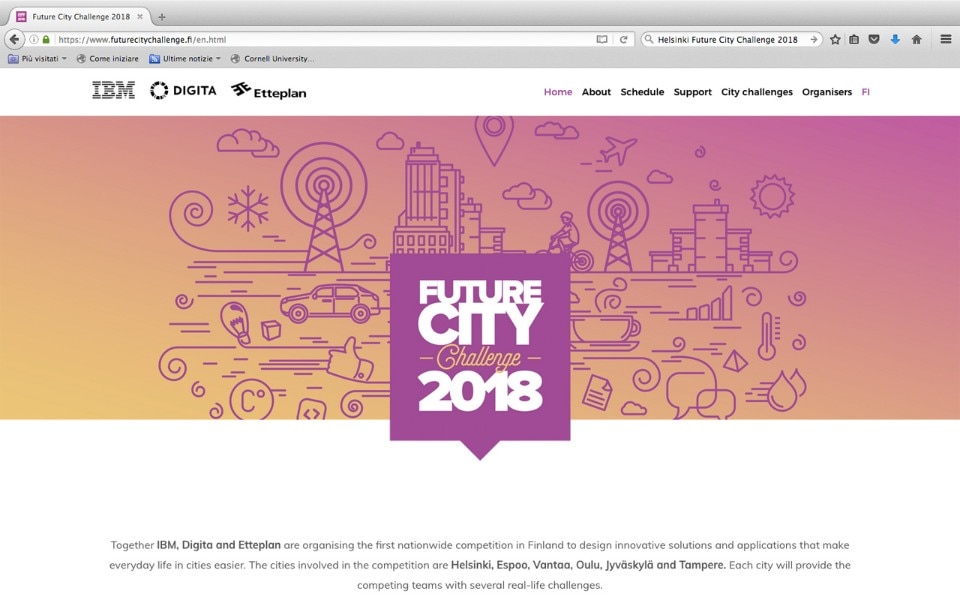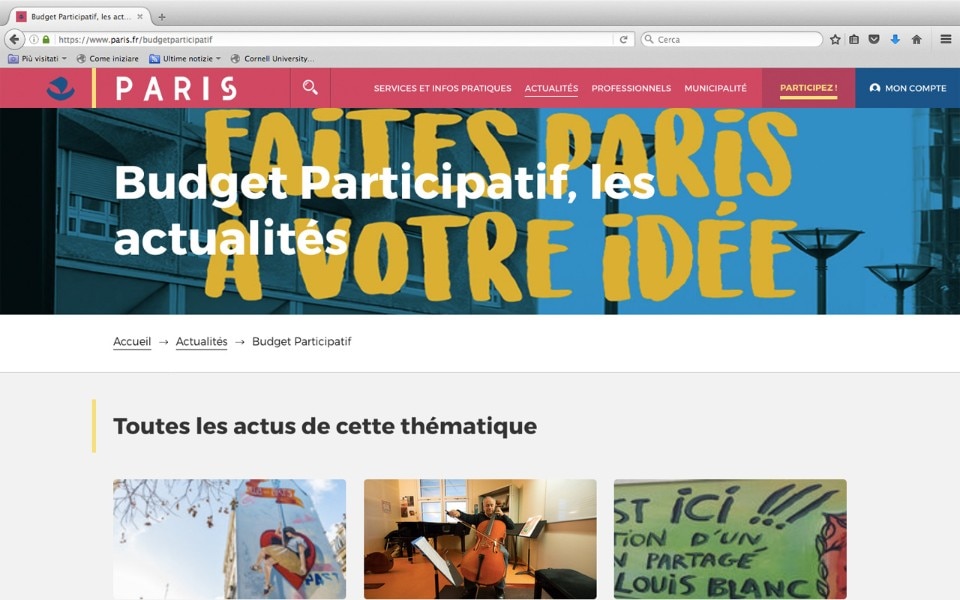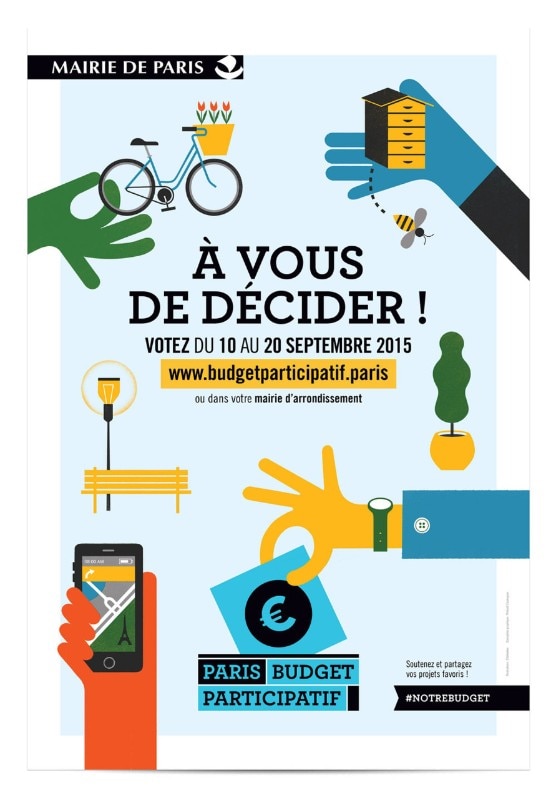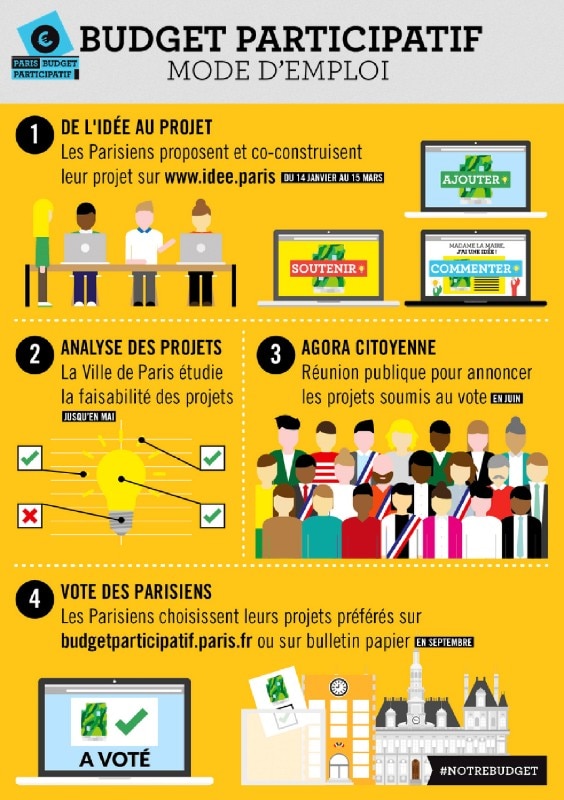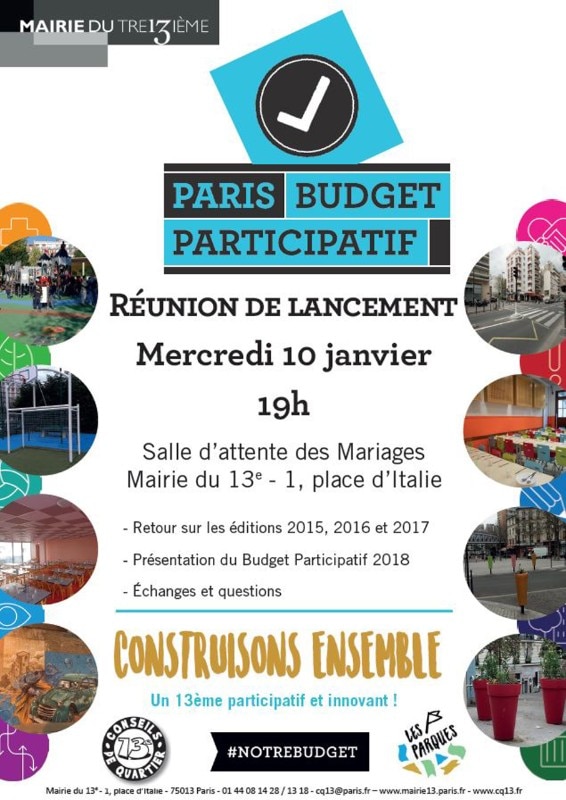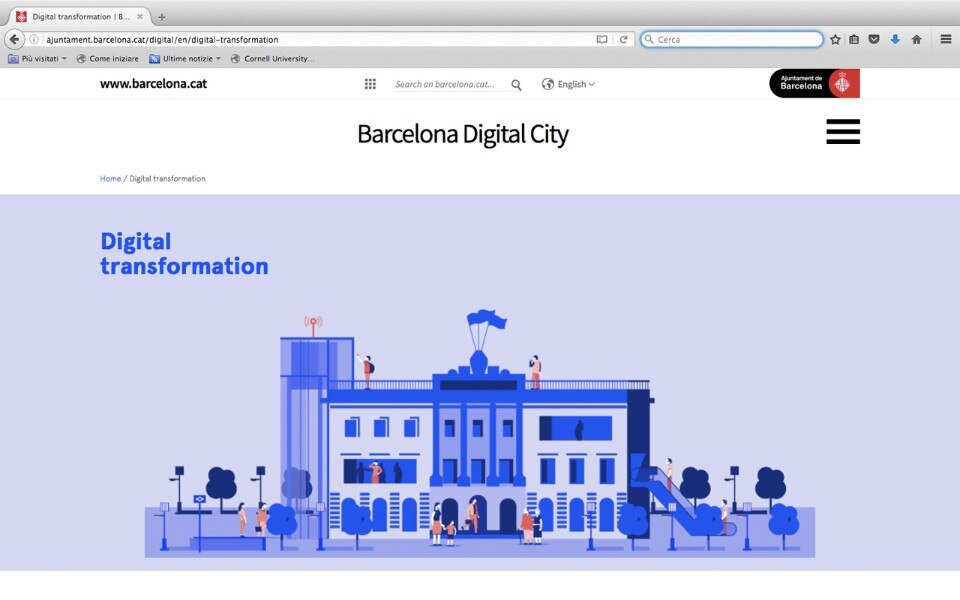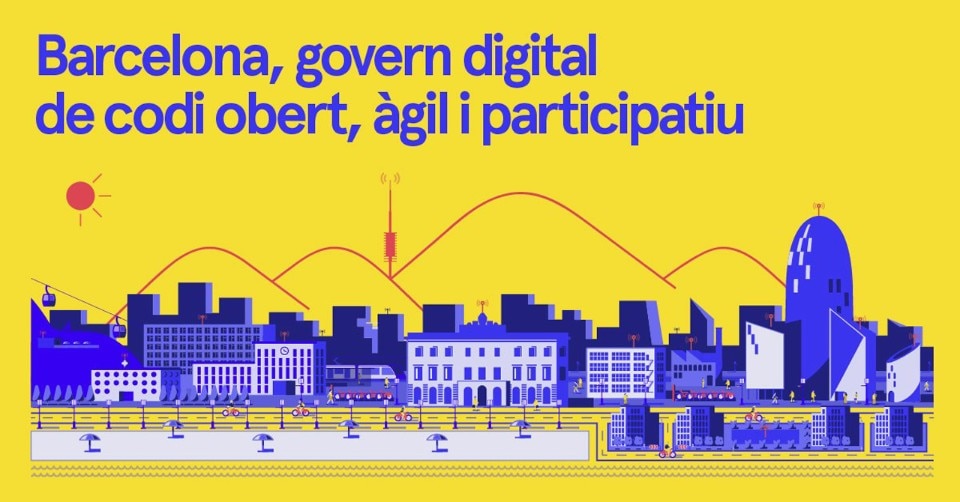How do cities use social networks and the Internet? The annual report by Icity Lab, an Italian platform providing support for public administration and citizens interested in rendering cities more intelligent (more liveable, sustainable, inclusive and competitive), explains how Facebook is the most loved social network among cities, followed by Twitter and YouTube. 85 of the 110 capital municipalities have in fact chosen Facebook as their main channel of communication for the publicising of events and initiatives. Twitter is entrusted with the task of re-launching content, and YouTube is used to provide accessibility to municipal council sessions.
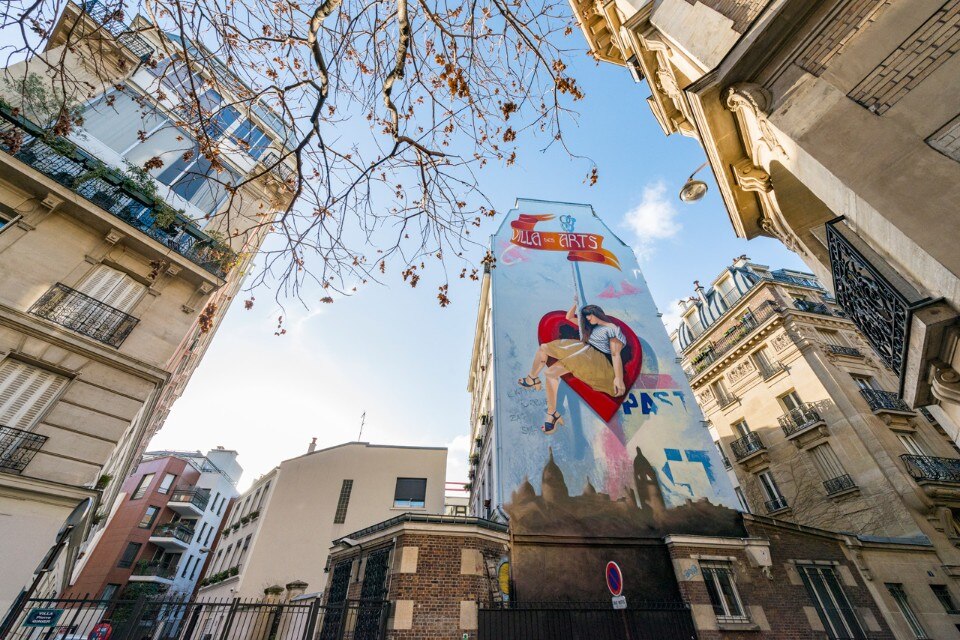
This is, in reality, limited use when compared with the potential of these channels: first of all, to go beyond broadcasting, opening to the possibility of dialogue. On Twitter, for example, the communication style of various administrations can be evaluated by the following/follower ratio: on average 1 to 10 for the 73 cities which use the platform. This is a level of engagement which is still too low for virtual citizenship, a phenomenon which on the contrary is showing increasing signs of vitality.
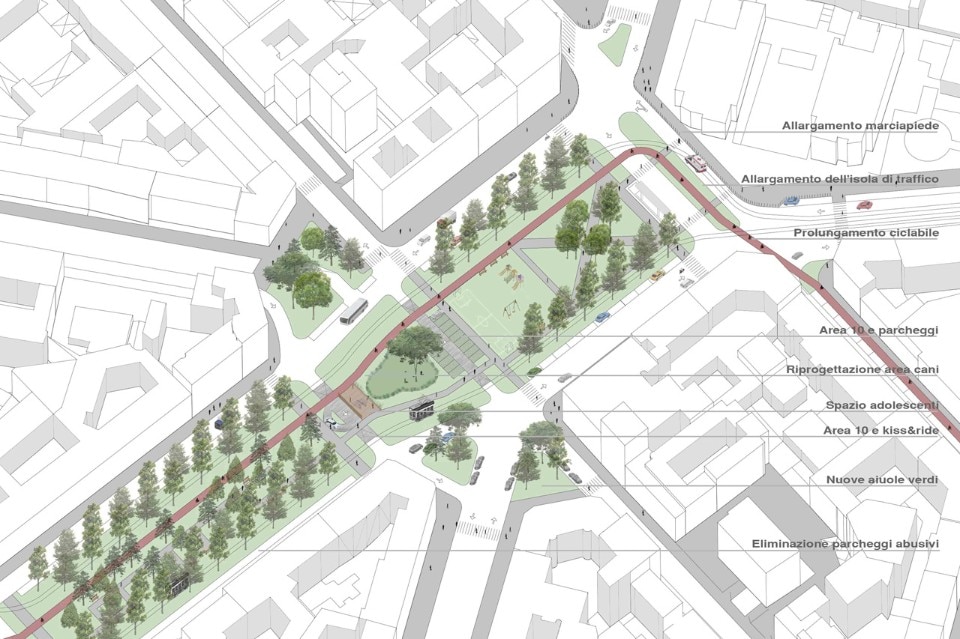
This is the case, for example, of the “social streets”, a number of which can be found in Bologna, Rome, Palermo and Milan. The principle is simple: a Facebook page becomes a virtual meeting place between those who live on the same street, online interaction allows for the sharing of initiatives (such as a football match) or the solution to practical problems (such as how to find a babysitter). But the passage from virtual to real is brief, and a post can become the focus for discussing a project for the administration of a neighbourhood or, the next step, proposing a project to the administration. This is the case with the social street of Via Morgagni in Milan which, in answering to the call for participatory budgeting made by the Municipality, came up with an idea for a project concerning the re-qualification of Piazzale Bacone, a key area in the neighbourhood which was neglected. As with many other grass roots projects, the main requirement is that of an intervention regarding mobility, in favour of common areas: the rendering safe of pedestrian and cycle crossings and the construction of an equipped wooden platform for sports.
This is how social networks cancel distance: between citizens, and between citizens and administration. It may seem banal, but it is a revolution which calls the very sense of citizenship into question. The idea of the citizen as receiver and consumer of services becomes obsolete in a scenario in which it is easy to organise and (potentially) communicate with the administration, making proposals and sharing choices. The first important drive towards the opening of institutions towards citizens came as far back as 2009 from the directive on Open Government launched by the President of the USA, Obama. The directive required transparency and participation through the sharing of open data. The website Data.gov brought together for the first time ever in a single portal all of the information made available by USA bodies, rendering it available for use by citizens and businesses, increasing transparency and involvement in public life for all stakeholders.
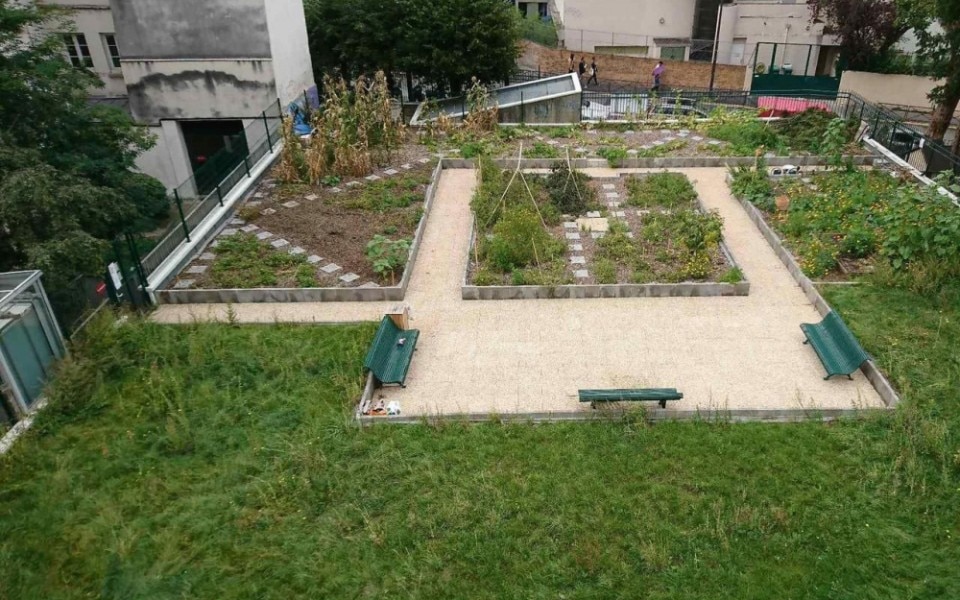
Since then, the theme of digitalisation on cities and their administrative “openness” is spreading rapidly throughout cities around the world. Thus the instrument of participatory budgeting became one of the pet subjects for the election campaign of Anne Hidalgo, who used it in 2014 to co-plan the public policies for the city together with the citizens, providing them with 5% of the Municipal budget (approximately 100 million euros a year). In 2016 there were 3,158 projects sent to the platform, with approximately 160,000 voters and more than 200 graduating projects. The project themes were the environment (beginning with green roofs and walls), and circular economics, solidarity, mobility, schools and culture.
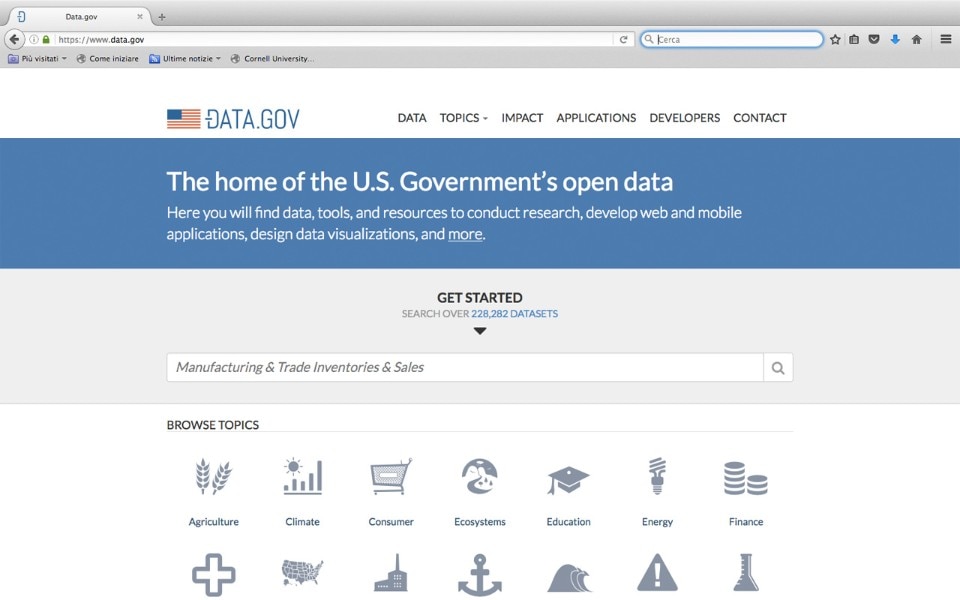
In Helsinki, another key city for open data policies, the city proposed the “Future City Challenge”, a competition aimed at businesses, start-ups and anyone interested in resolving urban challenges, with the aim of finding innovative solutions and applications which simplify the daily life of the citizens.
Barcelona is also moving in the same direction, with the Barcelona Digital programme, which is centred around a new idea of “digital traces”. The traces that citizens leave online on a daily basis are in fact recognised as a common good, which is mostly in the hands of a few multinational organisations. The aim of the programme is therefore to reclaim the data of this common trace and the essential knowledge that this can produce, to take on the most important urban challenges in an innovative manner: from accommodation to mobility, to social inclusion. To this end, the city undertakes to publish the “urban challenges” that the city intends to address online. Citizens (and their businesses) are asked to collaborate by looking for solutions, beginning with their own digital contributions.
The internet as a new urban Agora thus confirms its potential as a democratic instrument. However, the challenge is still very much on. According to the latest report by Credit Suisse, the wealth gap continues to widen, with 1% of humanity holding half of global wealth. Will digital citizens be able to rebel against the Masters of the Internet, truly distributing wealth throughout their cities?


